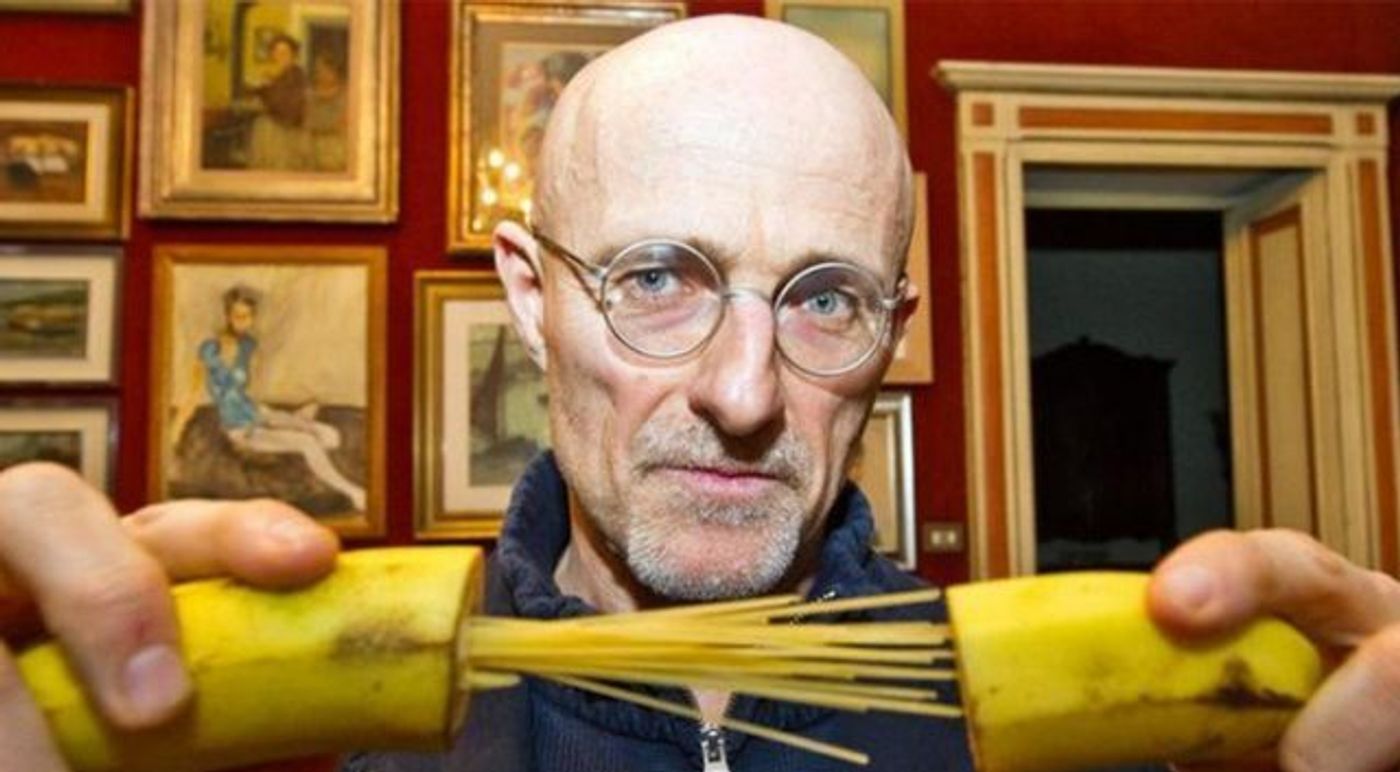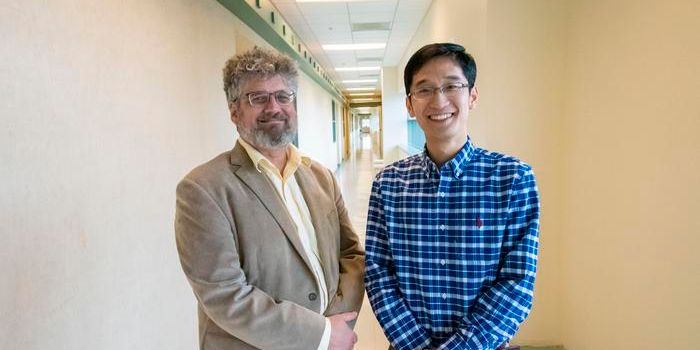There is an Italian neuroscientist and surgeon who thinks head transplants are not only possible, but within reach by 2017. Sergio Canavero recently made headlines for his claims that head transplants worked in
mice,
rats, and
a dog. However, despite the controversy from the articles and his claims, Canavero is moving forward to human head transplant in a years time.

Canavero is a surgeon who may be perceived as either admirably ambitious or recklessly out of touch with medical reality. He believes current technology is at a pace where doctors can really push the boundaries of human physiology. To his credit, doctors have been doing this exactly – in the past year, surgeons have transplanted
uterus (which
failed),
penis,
face, and
scalp.
But the challenge of connecting a human head to a donor body has been generally relegated to the realm of science fiction. That is, until Canavero came along.
By his estimate, Canavero believes it will take a team of 150 surgeons 36 hours to perform the operation, which will involve hundreds of connections. How do they even begin?
First, Canavero says the patient’s head has to be essentially frozen to prevent brain damage while the procedure takes place. Then, the team would begin to detach the head from the body – taking great care from big veins and arteries to small tubes and blood vessels. Cutting the biggest cord of all – the spinal cord – will be the most precarious task. Canavero says this will be done with a special knife made from diamonds. Yes, a diamond knife to sever the spinal cord from a frozen head – let that sink in for a minute.
After removing the head from the body, the team essentially would work in reverse to attach the patient’s spinal cord, veins, arteries, and tubes to the donor body. The operation starts to sound even more suspicious, as Canavero plans to help reattach the tissues with polyethylene glycol (PEG) – a chemical that would act as a glue to bond the tissues together. Canavero has yet to detail how this will work with a frozen head.
To demonstrate that this operation is grounded in science, Canavero has authored in a series of papers claiming to have perform the procedure in mice, rats, and a dog. However, scrutiny on the evidence reveals much doubt and little confidence. For example, the experiments in were done in five rats, four of which were killed in a lab flood, thus delivering no results. The experiment in the remaining rat and one dog did show movement after the purported surgery, but critics remain skeptical that the spinal cord was actually severed. Furthermore, even if the surgery was conducted with integrity, critics say the cases are far too limited to draw broad conclusions. And it definitely does not support the move to human experimentation.
Despite the pushback, Canavero says he already has a list of people who are willing to give it a try. To these people, some of whom are paralyzed or otherwise physically disabled, a head transplant would be like science fiction to their rescue. But, these patients may want to be extremely skeptical, as a false move could result in a fate “
considerably worse than death,” wrote one scientist grimly.
As for Canavero, he hopes to change people’s opinions in 2017 by performing the procedure on brain dead living donors. Whether he will receive support from medical institutions and ethical committees will likely determine if Canavero is living in reality or science fiction.
Additional sources:
BBC,
Science Alert


















































